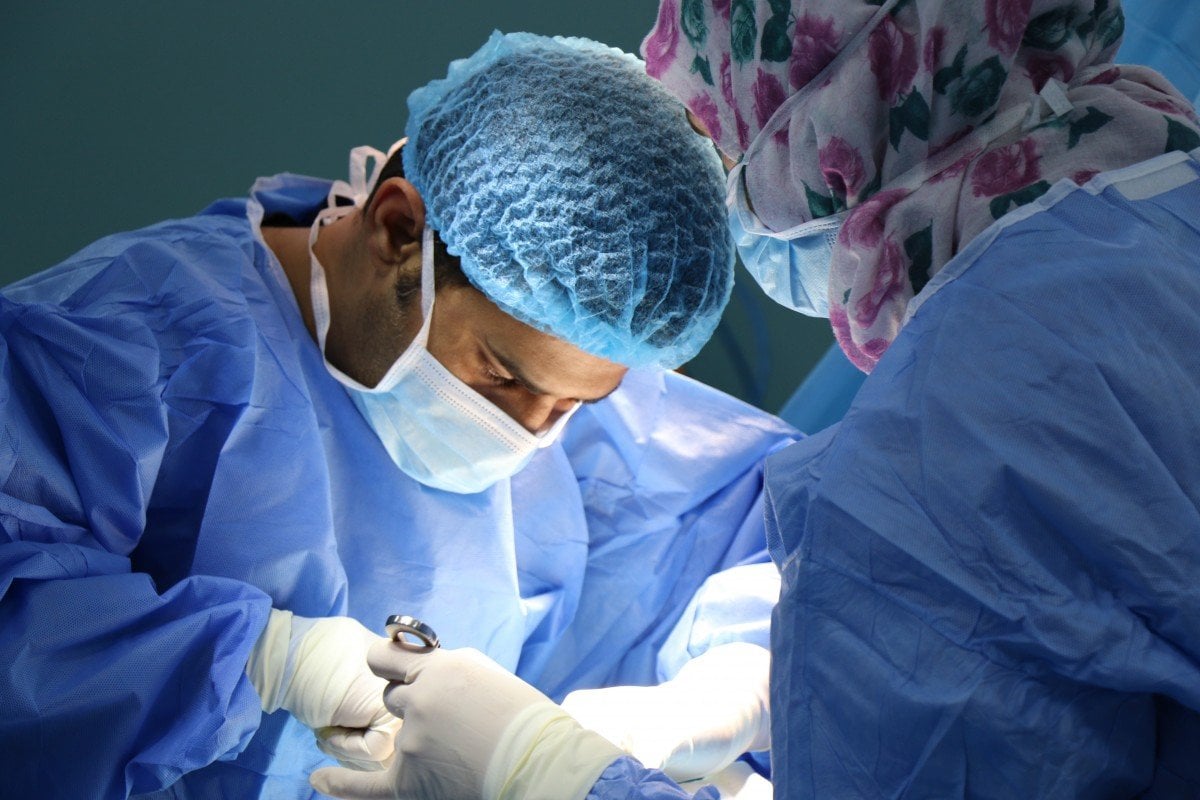
Mathematicians and medical physicists at the Medical University of Vienna are trying to combine two medical imaging methods. The aim is to develop a new analytical technique for cancer.
The combined method would enable two novel applications: On the one hand, skin cancer could be detected earlier and on the other hand, tissue samples could be analyzed in real time during a tumor operation. In this way, surgeons would be able to determine whether the material is mutated or whether they have already reached the healthy tissue.
Mathematical Process
These are two laser-based tomography’s, photo-acoustic tomography (PAT) and optical coherence tomography (OCT). If during a procedure like this, you send lasers into a tissue, you get different signals. In many cases, however, these signals do not allow conclusions to be drawn about the condition of the tissue, explains mathematician Otmar Scherzer from the Radon Institute for Computational and Applied Mathematics at the Austrian Academy of Sciences (ÖAW).
Mathematics is needed to turn mere light signals into images that allow medical diagnoses. Scherzer and his colleagues from medical physics have been working for several years on combining the two analytical techniques. The mathematician is responsible for combining the different light signals of the two methods into a single image.
Good Complementation
The conditions for combining the two methods are good. Both work with a short and intensive laser pulse – and complement each other very well:
- The OCT indicates how the light is scattered and reflected in the tissue;
- The PAT measures how much of the light beam is absorbed by the tissue. In the case of blood vessels, the blood absorbs the laser light. The more blood there is, the darker the PAT image becomes.
This information could be used to diagnose skin cancer. This is indicated by an increased formation of blood vessels in the skin. But every type of tumor needs more blood supply – and this would be shown by the combined analysis technique.
Elastography
The researchers aim at the application of elastography. The early detection of skin cancer would take place in a two-stage process:
- A plate is pressed onto the skin and emits the laser pulse into the upper tissue layers.
- In a second step, the laser is transported under the skin without pressure.
The test indicates whether stiff tissue is present and how stiff it is. This does not say whether the tissue is benign or malignant, but would give an indication as to whether further testing is required, explains Scherzer. In addition, the combined analysis technology makes tumor operations easier, because changed material can be distinguished from healthy material in real time. This enables surgeons to work more precisely.
Difficult Undertaking
As Scherzer admits, he had assessed the project as less difficult. Nevertheless, he is confident that the project will be completed successfully. The calculation models and measurement arrangements are becoming more and more precise and the coordination of the two analysis techniques is improving. Scherzer describes the current hurdle as follows: “You can compare it with an old television. At that time, it sometimes happened that the colours shifted slightly and did not lie exactly on top of each other. We have a similar problem when it comes to superimposing the two images so precisely that a clear image can be calculated.” Approaching a solution, the mathematicians pay attention to an optimal adjustment of the reconstruction algorithms and the medical physicists to an increasingly precise arrangement of the measurement.
The samples used by the researchers to test the method also had to first be thought up and produced. “We need material in which we know the individual components exactly and which is similar to human tissue”, explains Scherzer. First, the researchers boil the material themselves. It is a kind of aspic that can only be used for a short time. The material ages within a day and becomes unusable.
OCT and PAT
Optical coherence tomography (OCT) provides multidimensional images of scattering materials such as organic tissue at micrometre resolution. This is made possible by light pulses. OCT is used in ophthalmology, as a diagnostic method for glaucoma or diabetic retinal disease. In photo-acoustic tomography (PAT), objects are irradiated with laser pulses and generate sound waves through heating. These waves are measured, and the data are converted into images of the objects. PAT provides three-dimensional images of blood vessels and other tissue components.
Also interesting:







